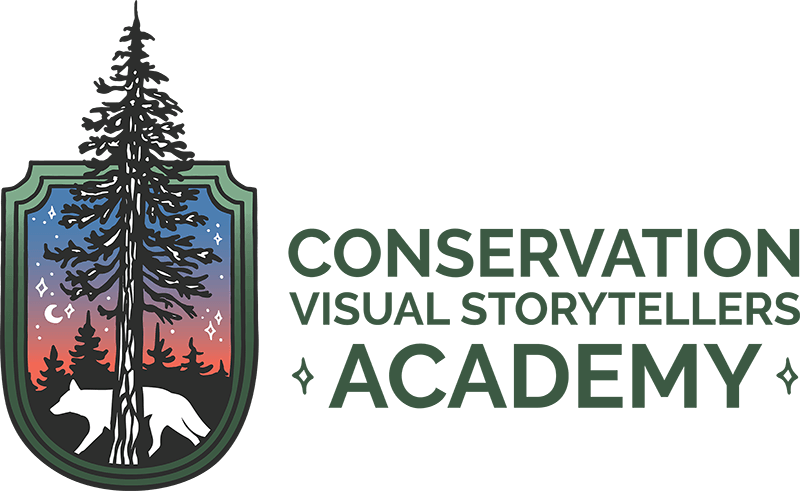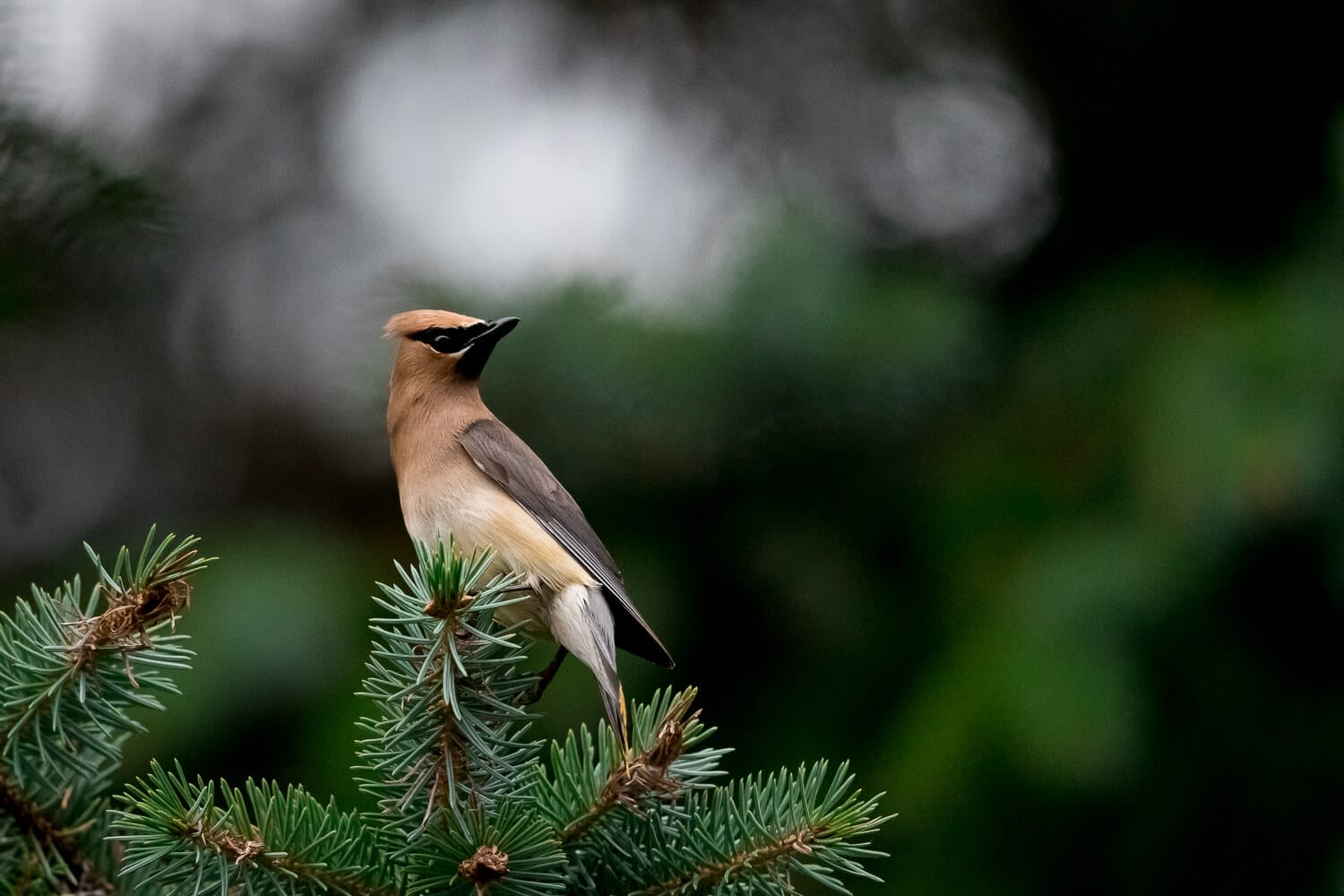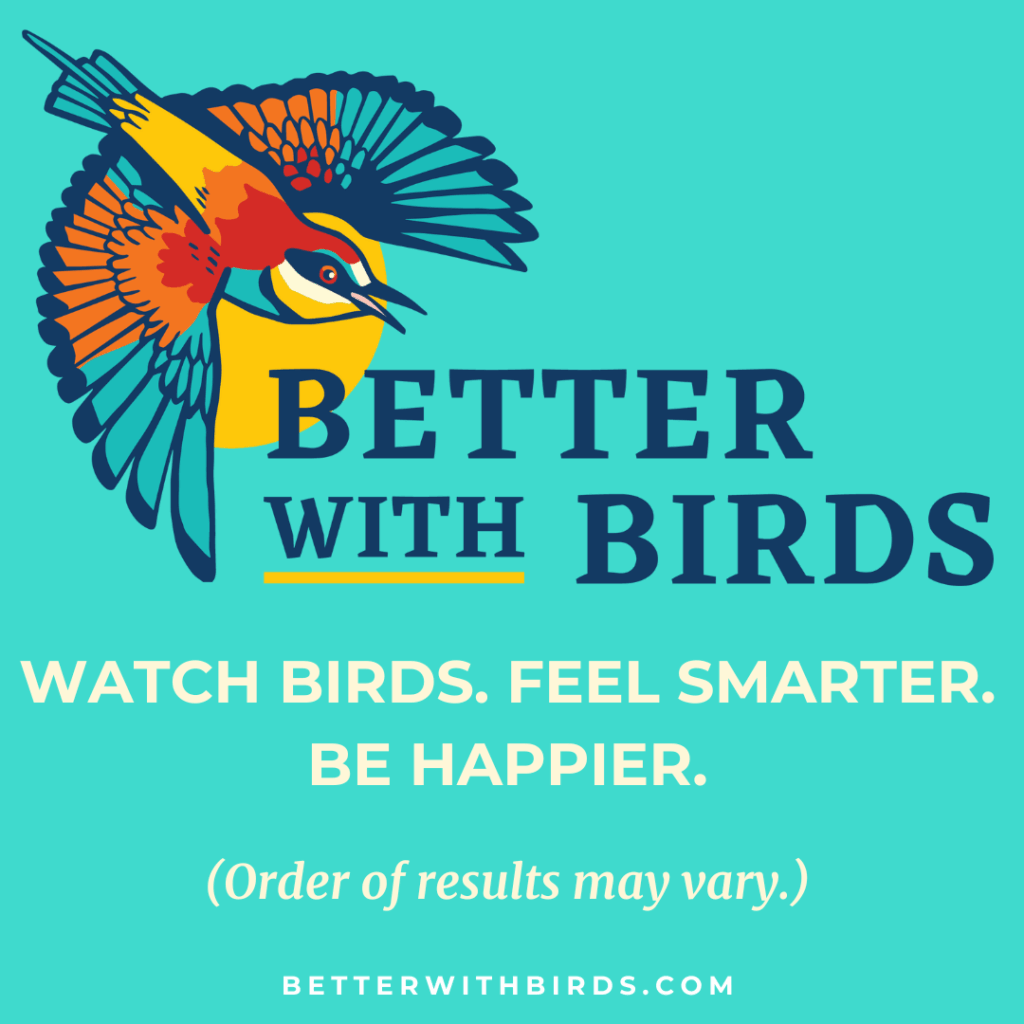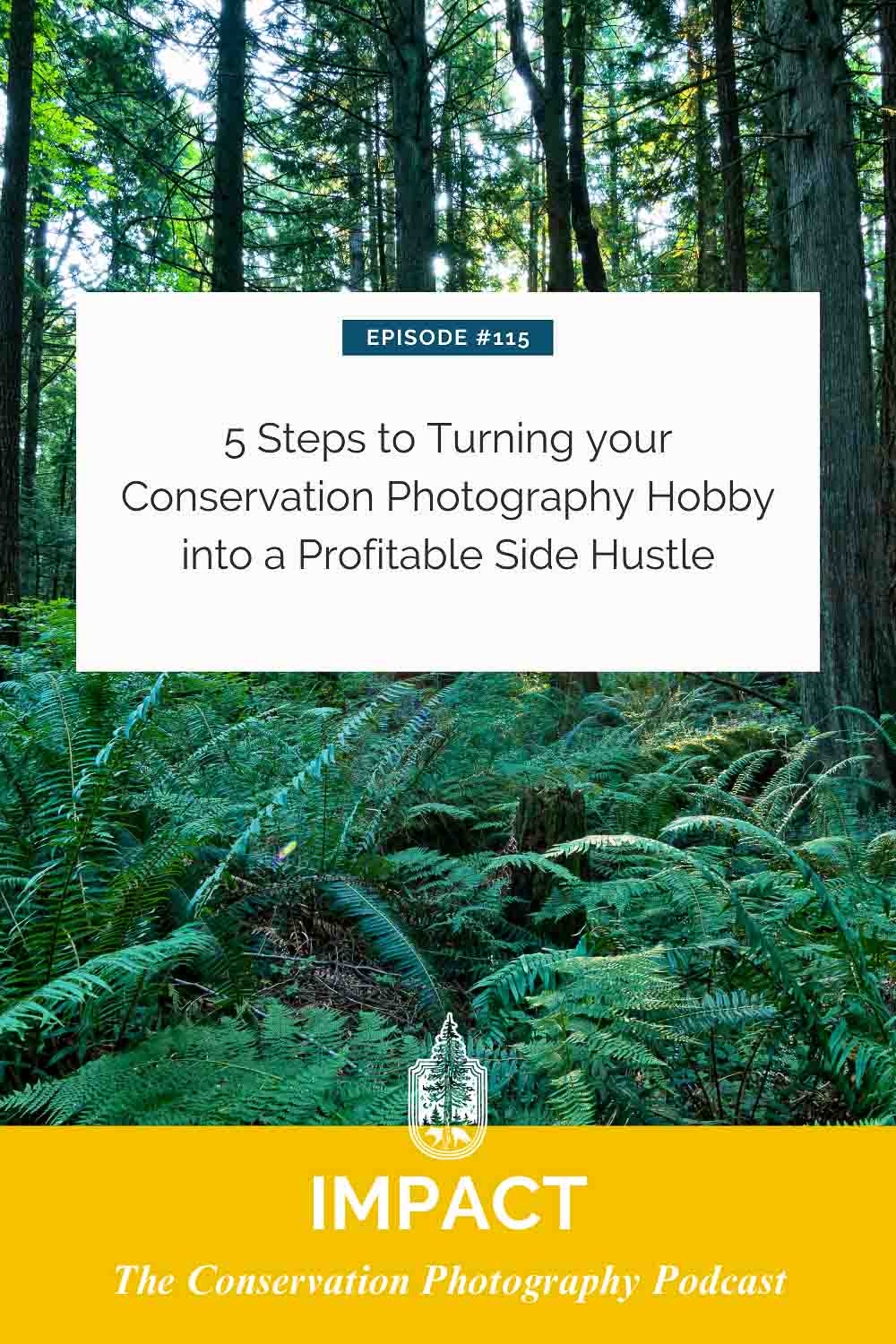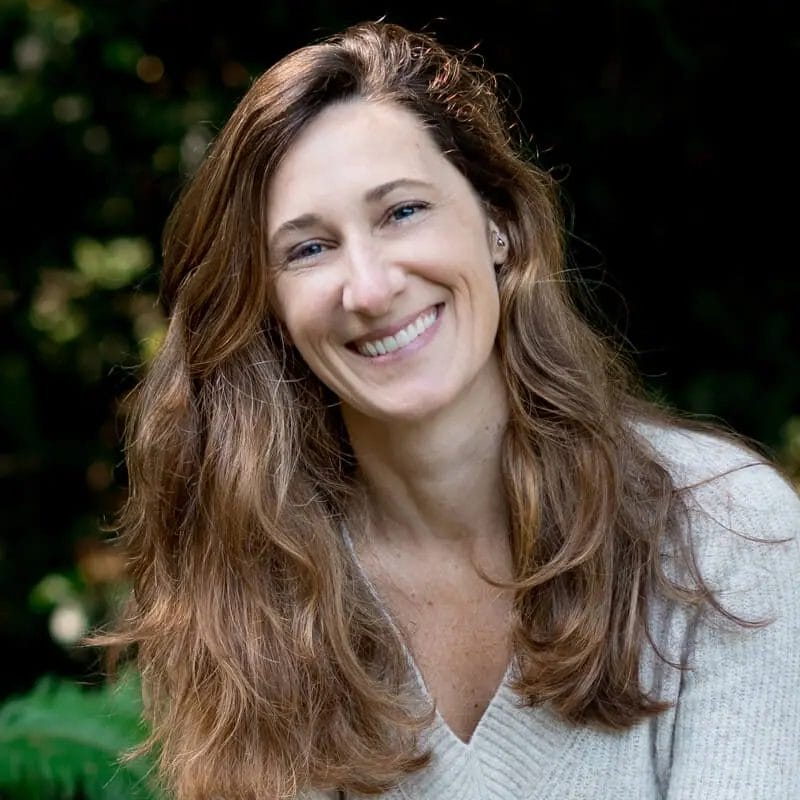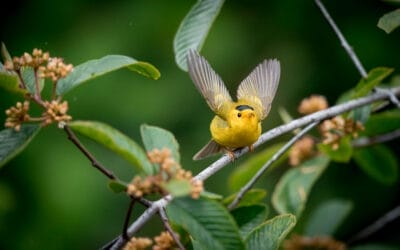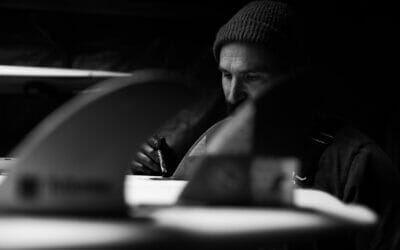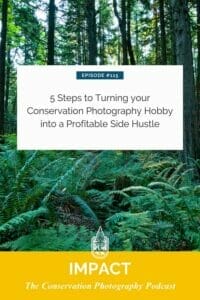Turning your passionate hobby into something that not only pays for itself but brings in a sustainable income is not nearly as complex or confusing as you might think. Start with these simple, straightforward steps, and grow from there.
How to move from photography hobby to business
You have the dream of turning your wildlife conservation photography into a business but feel like it’s a big, scary, confusing endeavor.
Take heart – you’re so not alone.
It’s super easy to get overwhelmed with all the things you think you need to do just to start earning a paycheck.
I need a cool biz name, a logo, a brand, a website, an email list, a social media following, an accountant, a lawyer, and I haven’t even gotten to designing revenue streams and bringing in clients…
Whoooooooooah there. You don’t need all that just to get started.
It was years before I was ready for all that.
I started very simply and added on layers as I needed them.
And that’s how you can start, too.
The fact is, getting started as a conservation photography business really is simple and straightforward.
You can go from hobby to side-hustle in just 5 steps.
Can you make it complex? Absolutely! But it doesn’t HAVE to be.
Start simple, and grow from there. And in this article, I’ll walk you through exactly what simple looks like.
Step 1: Create a Simple Income and Expense Tracker
Before you can turn your photography hobby into a side hustle, you need to understand your financials. Start by creating a simple income and expense tracker. A Google Sheet works perfectly for this. Here’s what you need:
- Date: When the transaction occurred.
- Description: What the transaction was for.
- Income: Money coming in.
- Expense: Money going out.
This basic tracking will help you visualize how much you’re spending on your photography and how much you’re earning. It’s crucial to see if you’re making a profit or if your expenses are outweighing your income.
Pro Tip: Tracking your expenses helps you understand what costs you need to cover to turn a profit. It’s also a mindset shift—you’re starting to think of your photography as a business.
Step 2: Get a Business License
Next, you’ll need a business license. This step is crucial because it allows you to open a business bank account (which we’ll cover in the next step). The process of getting a business license is straightforward and often can be done online.
Why is this important? A business license formalizes your side hustle and separates your personal and business finances, which is essential for both legal and organizational purposes.
Resources: Check out Nolo Books (my go-to for legal and business advice) for comprehensive guides on starting your business. I’ve included an affiliate link in the show notes.
Step 3: Open a Business Checking Account
Once you have your business license, open a business checking account. This will help you keep your personal and business finances separate. When it comes to taxes, the IRS likes to see clear separation of business and personal funds. It makes your life easier too, as all your business transactions are in one place.
Benefits:
- Simplifies your bookkeeping.
- Makes it easier to track income and expenses.
- Helps in case of an audit by the IRS.
Pro Tip: Consult a CPA to ensure you’re setting everything up correctly and understand what counts as business income and expenses.
Step 4: Decide on Your Revenue Streams
Now it’s time to figure out how you’re going to make money. There are numerous ways to earn income as a conservation photographer. Here are a few ideas:
Licensing Images
- Stock Agencies: Submit your photos to stock photography sites.
- Direct Licensing: License your images directly from your website.
Local Photo Tours
- Airbnb Experiences: Offer local photo tours through Airbnb’s platform.
Print Sales
- Galleries: Get your work into local galleries.
- Gift Shops: Sell prints in local cafes or gift shops.
Memberships
- Patreon: Create a membership where fans can support your work monthly in exchange for exclusive content.
Pitching Photo Stories
- Publications: Create and pitch photo stories to magazines and online publications.
Leading Tours for Other Companies
- Tour Leader: Work as a photography tour leader for established companies.
Pro Tip: Start with one or two revenue streams that excite you and align with your strengths. This helps you focus and avoid burnout.
Step 5: Hone Your Skills
Once you’ve identified your revenue streams, it’s time to refine your skills. This could mean improving your photography, learning new marketing strategies, or understanding better business practices.
Learn and Improve
- Workshops and Courses: Invest in workshops or online courses to improve your photography and business skills.
- Mentorship: Find a mentor who can guide you through the process.
- Continuous Practice: Keep practicing and refining your craft.
Pro Tip: Stick with it even when it gets tough. Overcoming hurdles not only improves your skills but also builds your reputation. As you become more known for your expertise, opportunities will increase.
Real-Life Example: Sebastian Kennerknecht
Sebastian Kennerknecht, a well-known conservation photographer, started by leading tours for other companies. Eventually, he established his own company, Cat Expeditions, specializing in wild cat photography tours. By building his reputation and continually honing his skills, he became the go-to person for wild cat photography tours.
Conclusion
Turning your conservation photography hobby into a profitable side hustle is entirely possible with the right steps and mindset. Remember to keep it simple, track your finances, and choose revenue streams that you enjoy and can excel at. As you build your skills and reputation, you’ll find more opportunities and greater success.
Happy shooting, and here’s to making a positive impact through your conservation photography!
